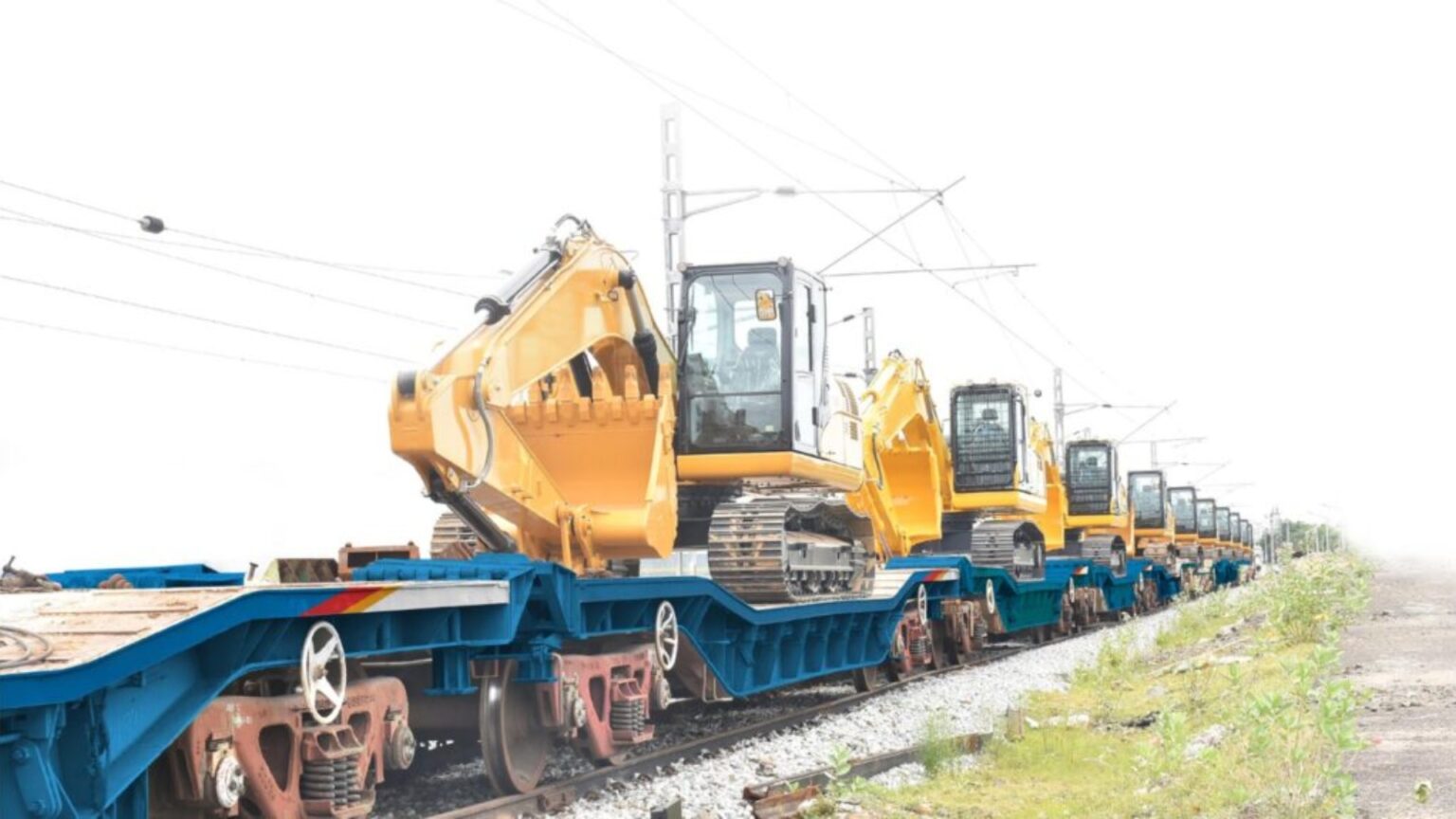The National Logistics Policy (NLP) is revolutionizing India’s logistics industry. Since its launch in September 2022, NLP has paved the way for efficient, multimodal connectivity. It works alongside the PM GatiShakti National Master Plan (NMP) to reshape India’s logistics landscape and drive economic growth.
What is the National Logistics Policy?
The National Logistics Policy focuses on improving “soft infrastructure.” This includes streamlining processes, digitizing operations, and building a skilled workforce. Unlike the NMP, which emphasizes physical infrastructure, the NLP prioritizes smoother services and innovation. Together, these initiatives make India’s logistics more efficient and competitive.
Tackling Long-Standing Challenges
India’s logistics sector previously struggled with inefficiencies. High costs, fragmented networks, and outdated systems raised logistics expenses to 13-14% of GDP. In contrast, the global average is 8-10%. The NLP aims to reduce these costs by promoting integrated transport systems and optimizing supply chains.
Early successes are already visible. For example, transit times have reduced, and supply chain visibility has improved. Multimodal transport—combining road, rail, air, and waterways—is driving this change.
Major Achievements of the National Logistics Policy
The National Logistics Policy has achieved several milestones:
- Enhanced India’s Logistics Performance Index (LPI) rating.
- Reduced logistics costs through multimodal transport networks.
- Launched the Unified Logistics Interface Platform (ULIP) for real-time tracking and data integration.
- Over 614 businesses now use ULIP, reducing operational bottlenecks. This fosters better decision-making across industries.
Investments Boosted by the National Logistics Policy
The NLP, in combination with PM GatiShakti, has attracted significant investments. For instance, projects worth INR 100 lakh crore are underway. These include logistics parks and infrastructure upgrades to improve transportation networks.
Moreover, public-private partnerships (PPP) have accelerated progress. This collaboration helps modernize the sector and meets global logistics standards.
Overcoming Challenges
Despite progress, challenges persist. For instance, reliance on road transport and infrastructure gaps in rural areas hinder seamless operations. Digital integration across a vast country like India is complex.
The Department for Promotion of Industry and Internal Trade (DPIIT) is addressing these issues. Initiatives like the Services Improvement Group (SIG) and E-Logs portal are resolving bottlenecks and improving service quality.
Sustainability in the Logistics Sector
Looking forward, the NLP emphasizes sustainability and green logistics. For example, initiatives promote electric vehicles and renewable energy in warehouses. These efforts reduce carbon footprints and enhance operational efficiency.
Conclusion: A Path to Global Leadership
The National Logistics Policy is transforming India into a global logistics hub. By reducing costs, boosting efficiency, and driving sustainability, the policy aligns with India’s economic goals. As investments and reforms continue, the NLP will play a vital role in making India a $7 trillion economy by 2030.
With continued focus on innovation and collaboration, India’s logistics industry is set to thrive in the global arena.







